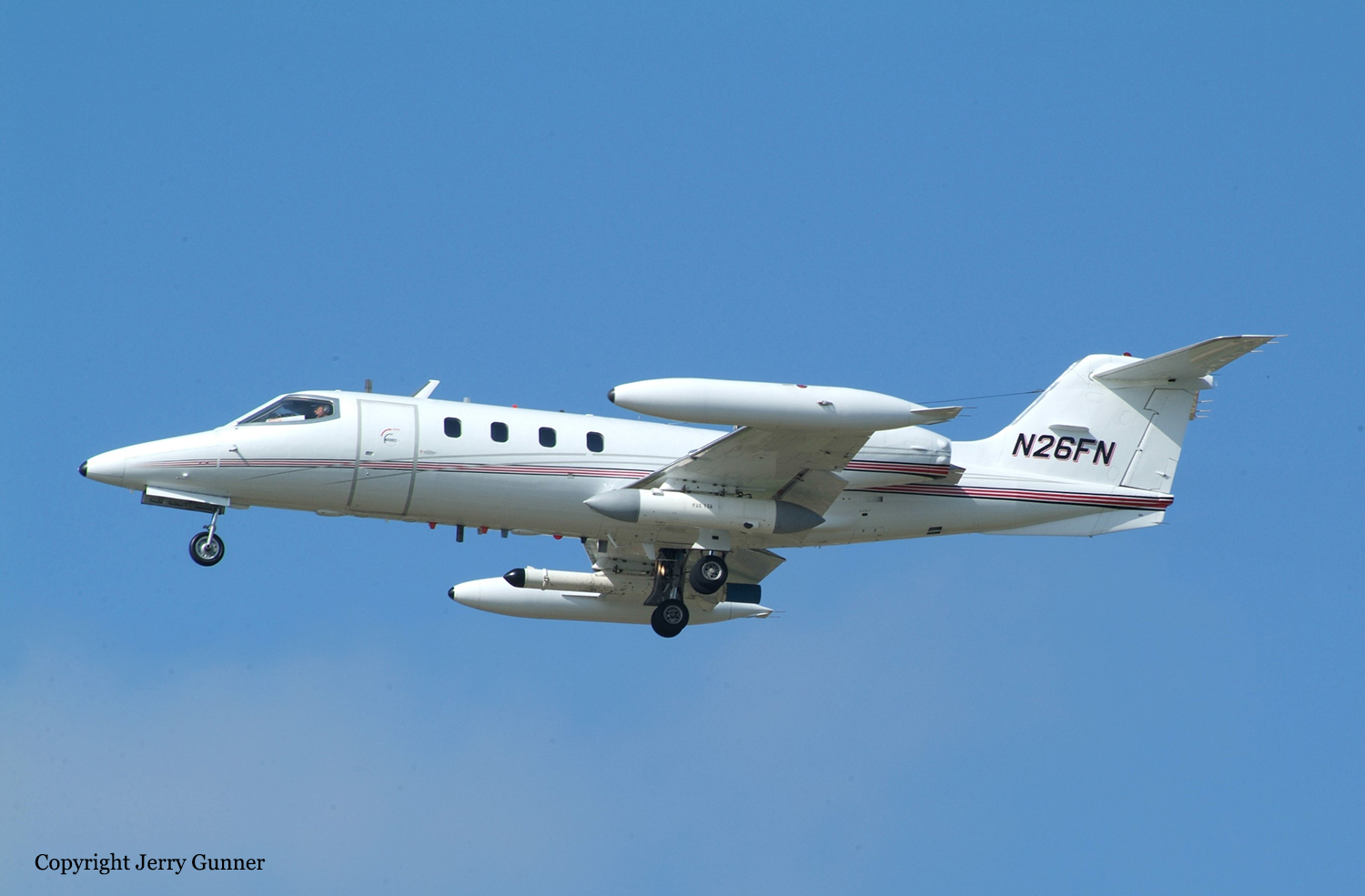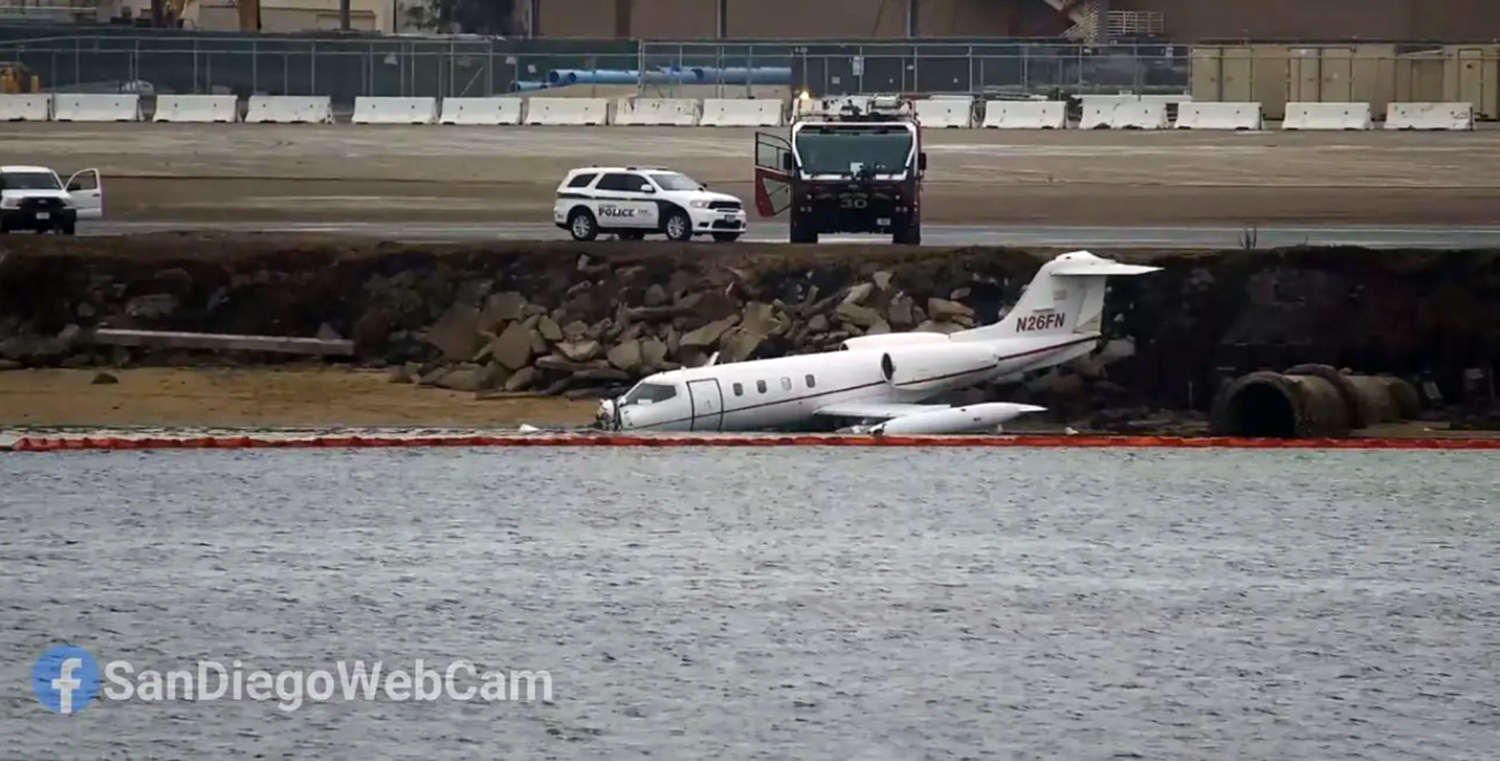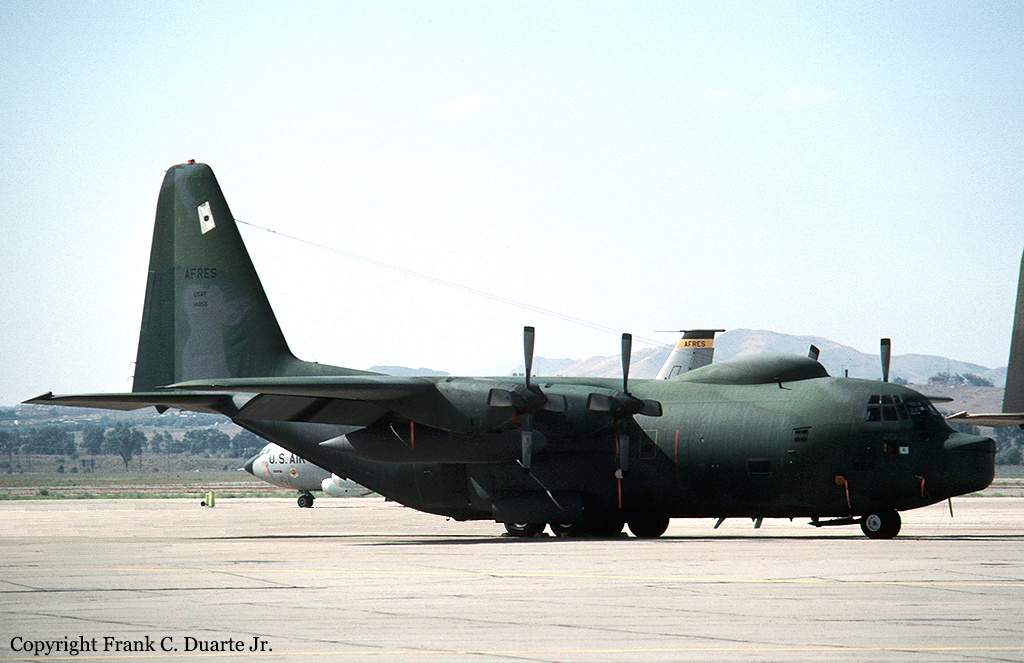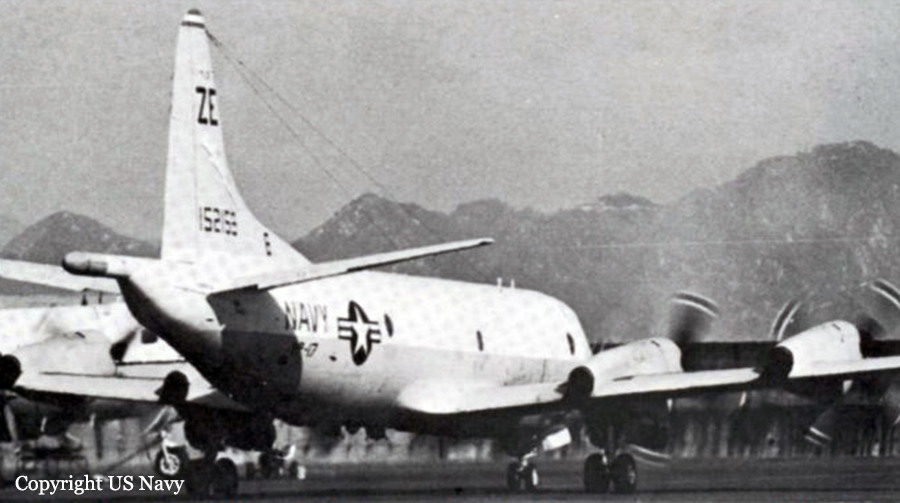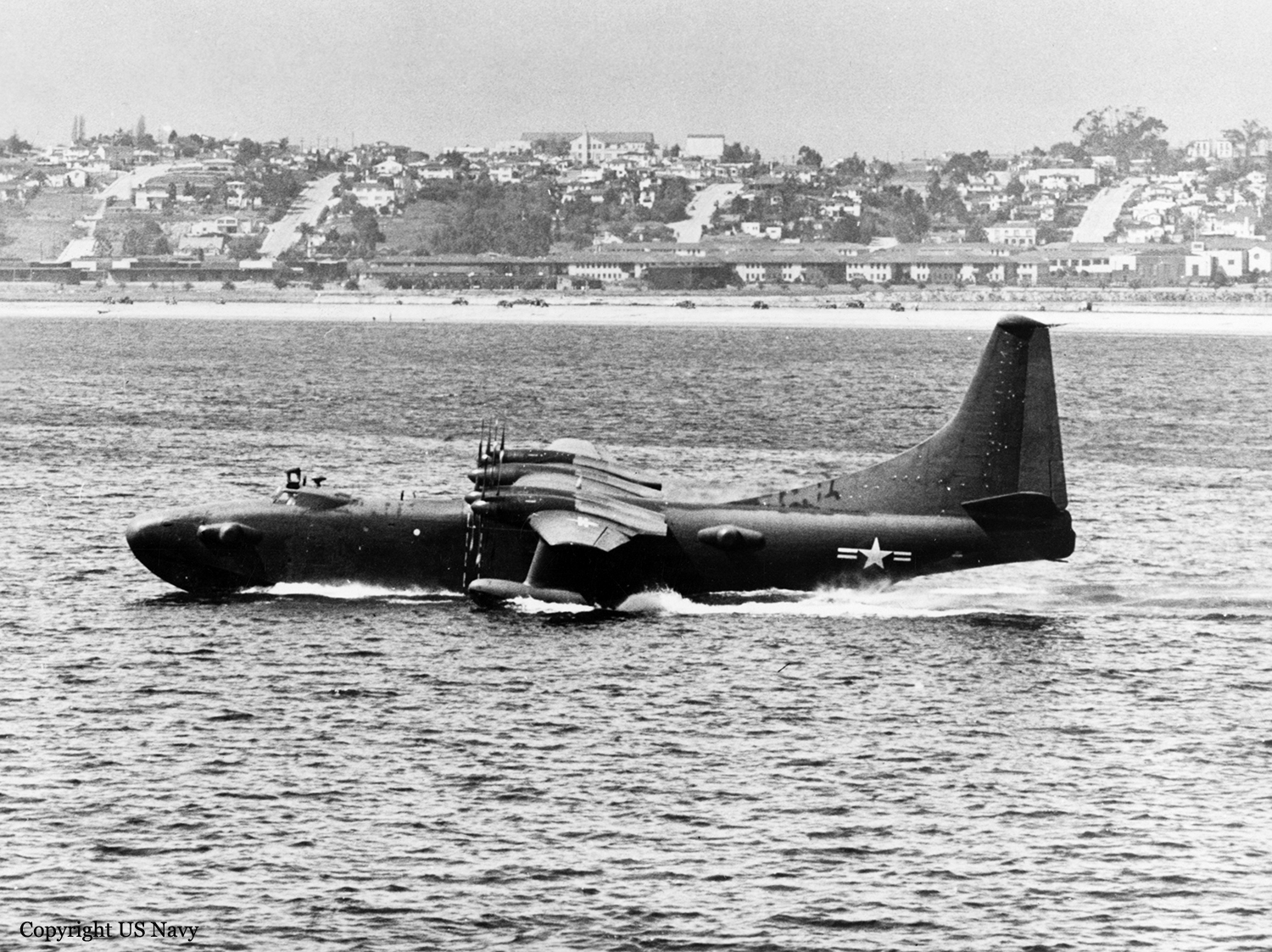Crash of a Learjet 36 at North Island NAS
Date & Time:
Sep 9, 2022 at 1314 LT
Registration:
N26FN
Survivors:
Yes
Schedule:
North Island - North Island
MSN:
36-011
YOM:
1975
Flight number:
FST26
Crew on board:
2
Crew fatalities:
Pax on board:
0
Pax fatalities:
Other fatalities:
Total fatalities:
0
Circumstances:
On September 9, 2022, at 1314 Pacific daylight time, a Gates Lear Jet Corp. 36, N26FN, was substantially damaged when it was involved in an accident at North Island Naval Station (Halsey Field) Airport (NZY), San Diego, California. The two pilots sustained minor injuries. The airplane was operated as a Title 14 Code of Federal Regulations Part 91 business flight. The flight departed from NZY to provide air services to a naval ship. During the return flight to NZY, the crew planned for an instrument approach. Air Traffic Control (ATC) advised that the airport was reporting visual flight rules (VFR) and if the airport was in sight, a visual approach was available. The pilots noted a staggered cloud base and maneuvered to maintain visual contact with the airport. The pilots calculated Vref (reference speed) as 140 KIAS (knots indicated airspeed) for their landing weight (14,900 lbs.) with 20° of flaps; the landing distance was approximately 4,200 ft and included factors for 20° flaps and wet runway conditions. According to the pilots’ statement, runway 36 has a total distance of 8,000 ft. The pilots reported that the spoilers were deployed on touchdown and breaking was applied. The airplane did not decelerate in a normal manner and appeared to be hydroplaning. The antiskid system was activated, and the brakes were briefly released before they were reapplied; there was no difference in deceleration. At the 5,000 ft remaining sign, a callout was made that the airplane was not decelerating and appeared to be accelerating. At the 1,000 ft remaining runway sign, the second in command called out ‘100 kts.’ There was not enough available runway to stop, and the airplane exited the runway and went over the sea wall and came to rest in the bay.
